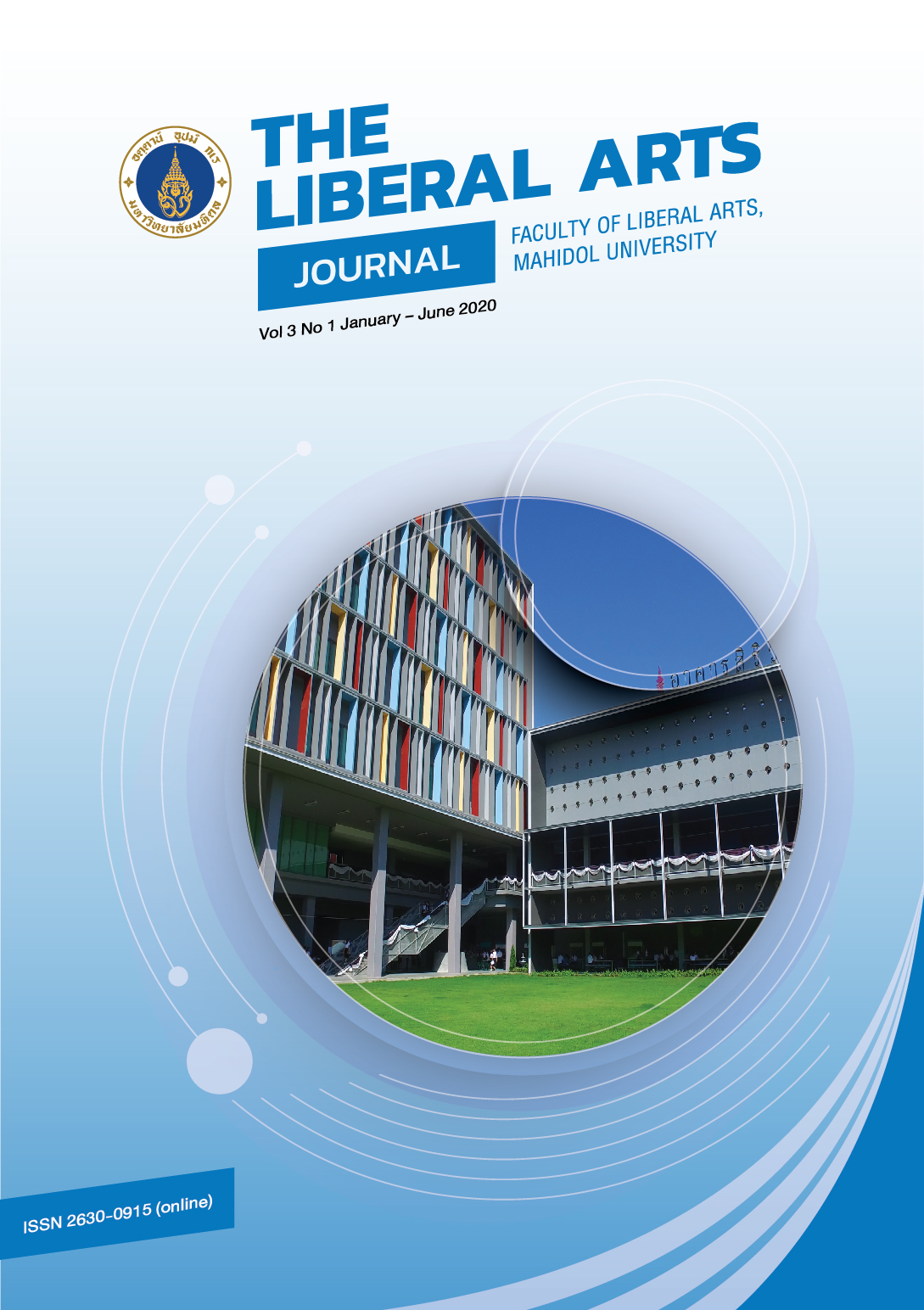The Cities of Frankenstein: Graphic Scenarios of Looming Urban Horror
Keywords:
Gothic horror, science fiction, Mary Shelley, Frankenstein, scenario art, urban designAbstract
The famous literary work Frankenstein, by Mary Shelley (1818), seems to forecast the potential future of urban life in the Modern Age which is replete with an ongoing environmental crisis. Using a theory of critique and forecast as established by the Literary Method of Urban Design, some of the core thematic lessons of Frankenstein are used as pathways to predict the character of European cities as they have developed and evolved under the stresses of ecological disaster over the near future (up to about twenty or thirty years hence). These core Frankenstein themes are as follows: 1) technological hubris, 2) alienation, 3) monstrosity, and 4) abandonment. In this paper, these themes are each overlaid with some of the many socio-environmental problems now challenging a set of fourteen sample cities (each drawn from the original Frankenstein novel) utilizing both scenario art and interpretive eco-ethical thought.



